Lightwave Smart Heating Review
Lightwave Smart Heating
A simple way to boost heating control
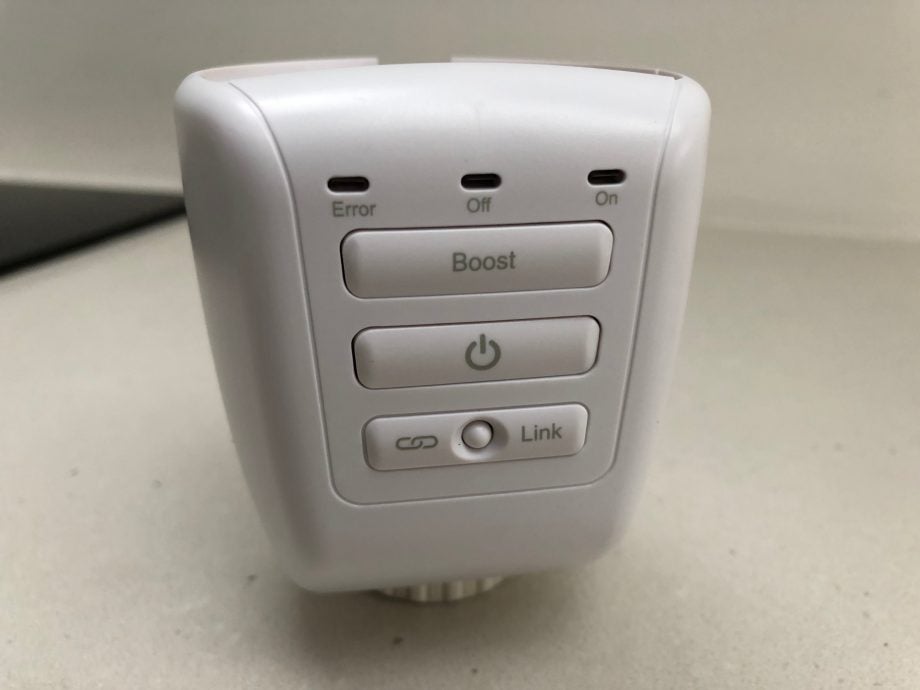
Verdict
Lightwave Smart Heating offers a neat way to get more control over each radiator, but it doesn't have the features of more complete smart heating systems.
Pros
- Simple to install
- Gives you finer control over radiators
- Works with HomeKit
Cons
- No geofencing
- Quite basic levels of control
Key Specifications
- Review Price: £99
- Android and iOS app support
- Requires boiler relay for on-demand heating
- Radiator valve control
- Amazon Alexa, Google Assistant and Apple Home support
What is Lightwave Smart Heating?
Better known for its smart light switches, Lightwave also offers products to help keep your home at the right temperature. With Lightwave Smart Heating, there are several options for building a system, from adding simple smart thermostatic radiator valves (TRVs) to setting up a full-on system with boiler control and even electric heating switches.
At the high-end, the system can’t compete with a proper multi-room system setup such as the Honeywell Evohome, with fewer features and more fiddly control. As an add-on to an existing heating system for added control of each room, it’s a well-priced upgrade.
Related: Best smart thermostats
Lightwave Smart Heating – Design and features
To use Lightwave Smart Heating you need to have a Lightwave Link Plus hub. The heating system will work with the older-generation hub, but you get a different app and miss out on Apple HomeKit support. For those reasons, I’ve focused on the new system.
With a Link Plus, the easiest way to get started is with the smart radiator valves. These simply screw onto your existing radiator valves, replacing the dumb with a connected option. With this basic connection, the smart valves can’t call for heat; you still have to have a schedule set up for when your heating comes on or off, either with an existing dumb system or with a smart thermostat, such as the Nest Learning Thermostat 3rd Gen.
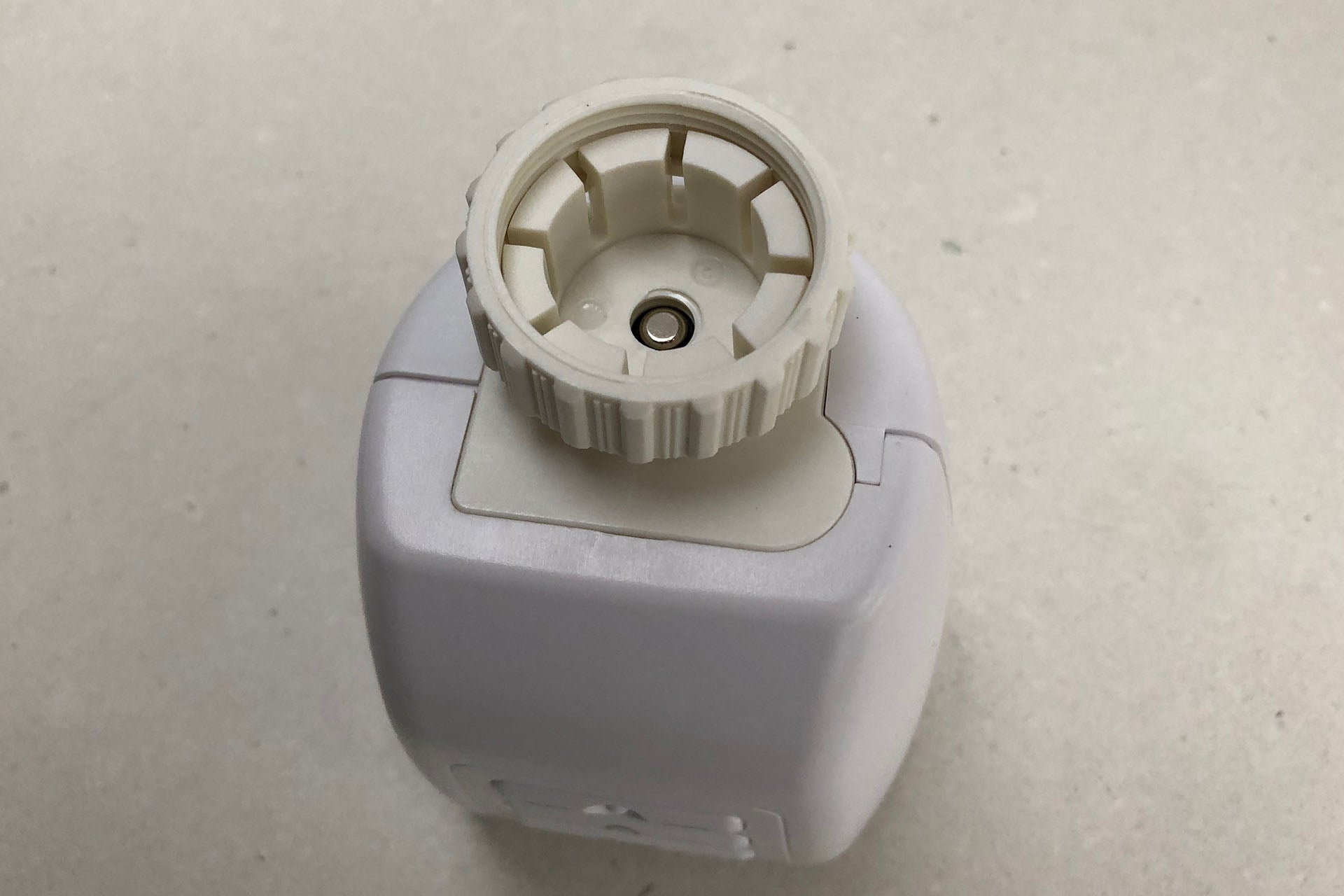
So, why bother? The answer is comfort. Traditional TRVs don’t let you set a specific temperature in a room, offering only very basic temperature control. With a smart TRV you can set the exact temperature you want; when it’s reached, that radiator is shut down.
This kind of system eliminates some of the issues associated with having only a single thermostat, where you end up with some rooms that are just too hot as the system attempts to get others just right. Plus, you get this control via your phone, so you can make adjustments to the desired temperature of a room on the fly.
If you want boiler control, then Lightwave sells a relay that needs to be wired into your boiler. This provides simple on/off control, but doesn’t support the more advanced OpenTherm protocol for increased comfort and energy savings.
Related: What is OpenTherm?
Adding in the boiler relay means that the radiator valves can call for heat. That is, when the temperature falls past the level you’ve set, the radiator valves request the boiler to turn on and heat your home. Lightwave also sells a single thermostat and switches that can control electric radiators individually.
Lightwave Smart Heating – Features
I started with just the basic heating kit, which ships with three smart radiator valves. Each valve is basic, featuring just three buttons: Sync connects the valve to your hub; Boost increases temperature by a couple of degrees for one hour; On/Off toggles the valve’s power.
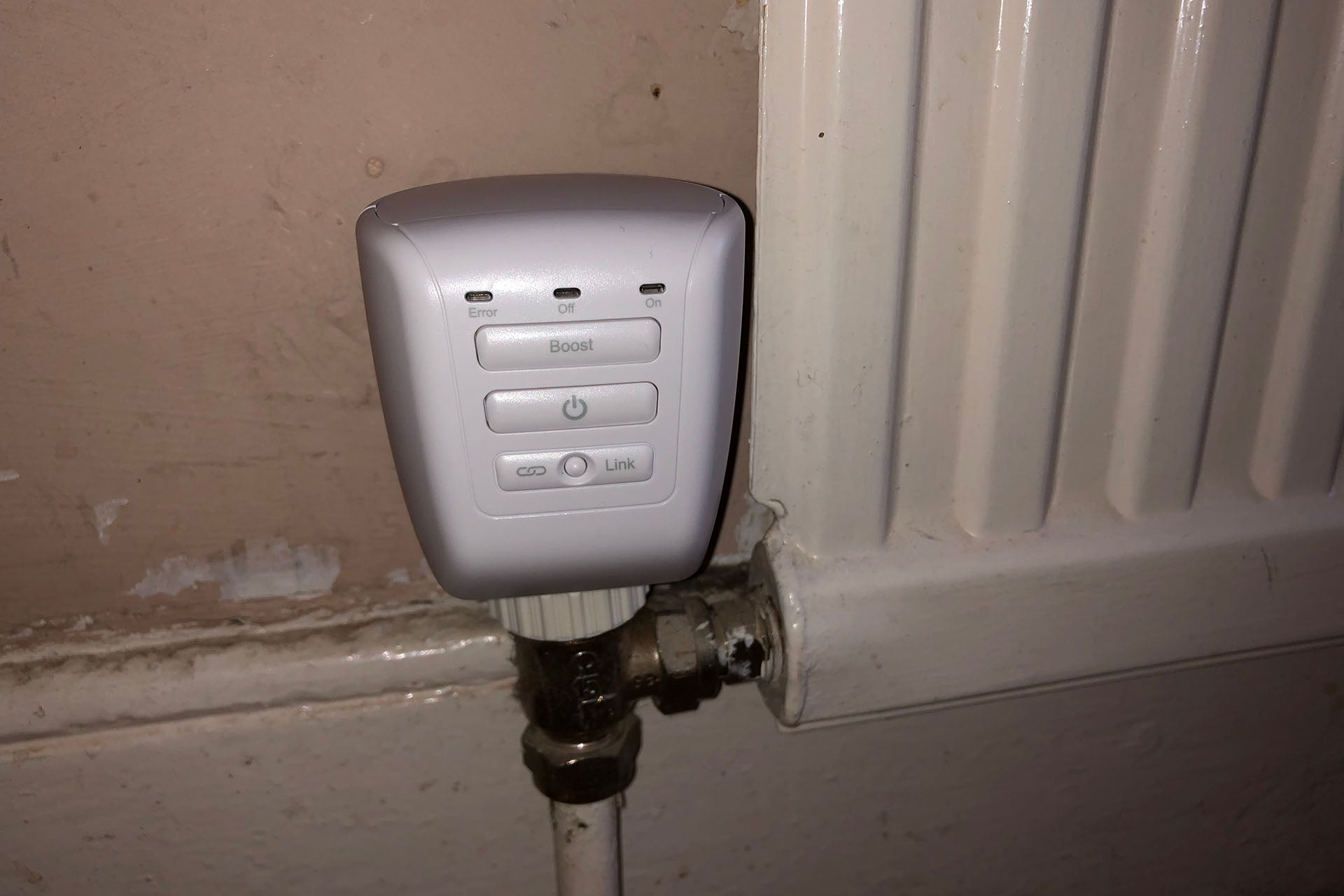
The app offers greater control over your system. Selecting any valve, you can change the target temperature to try to make a room warmer or cooler. Annoyingly, there are no timer controls, so you can’t set a valve to temperature for a set period. Instead, changes remain until the next scheduled change.
In a first for smart radiator valves, Lightwave lets you set the pin position rather than the temperature. This is more like the old-fashioned way of setting a TRV. Lower noise is the main benefit.
In temperature mode, the TRV’s motor increases and decreases flow to hit the set temperature. The motor can be a little intrusive, particularly if you have the smart radiator valve in a bedroom. Using the pin position mode, the smart radiator valve doesn’t use its motor to adjust the valve on the fly, so you can leave the radiator on without being disturbed. Of course, the downside is that you then lose all control over temperature, so a room may become too hot or too cold.
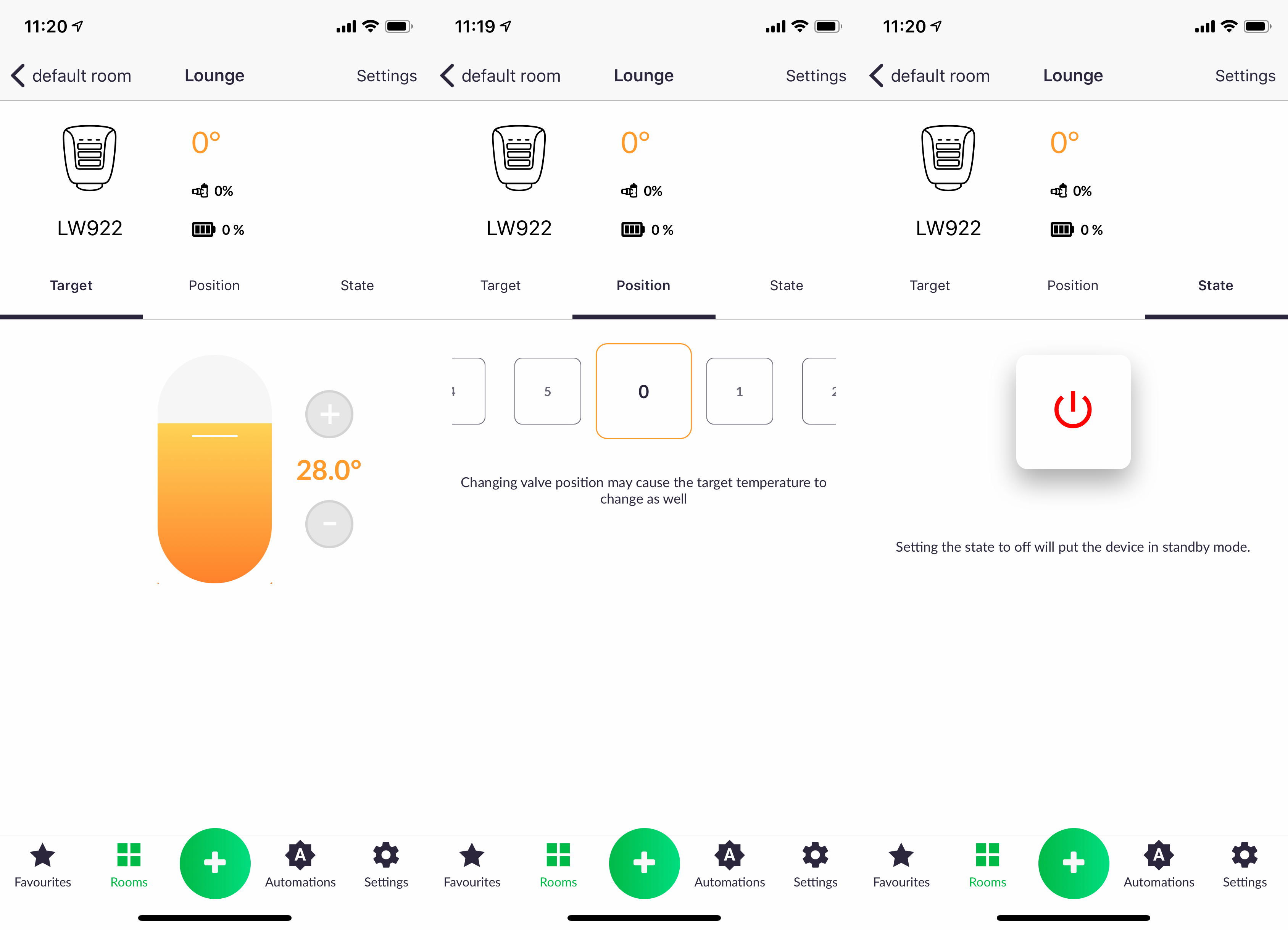
Schedules can be set from inside the app, letting you choose specific temperatures or pin positions. It’s fairly laborious to set up schedules. Once you’ve created one for a day, you can copy the schedule to other days, but you can’t copy a schedule to another device.
Nor can you control groups of radiator valves. With Honeywell Evohome, for example, you can have multiple valves in one room, controlling them together to reach a specific temperature.
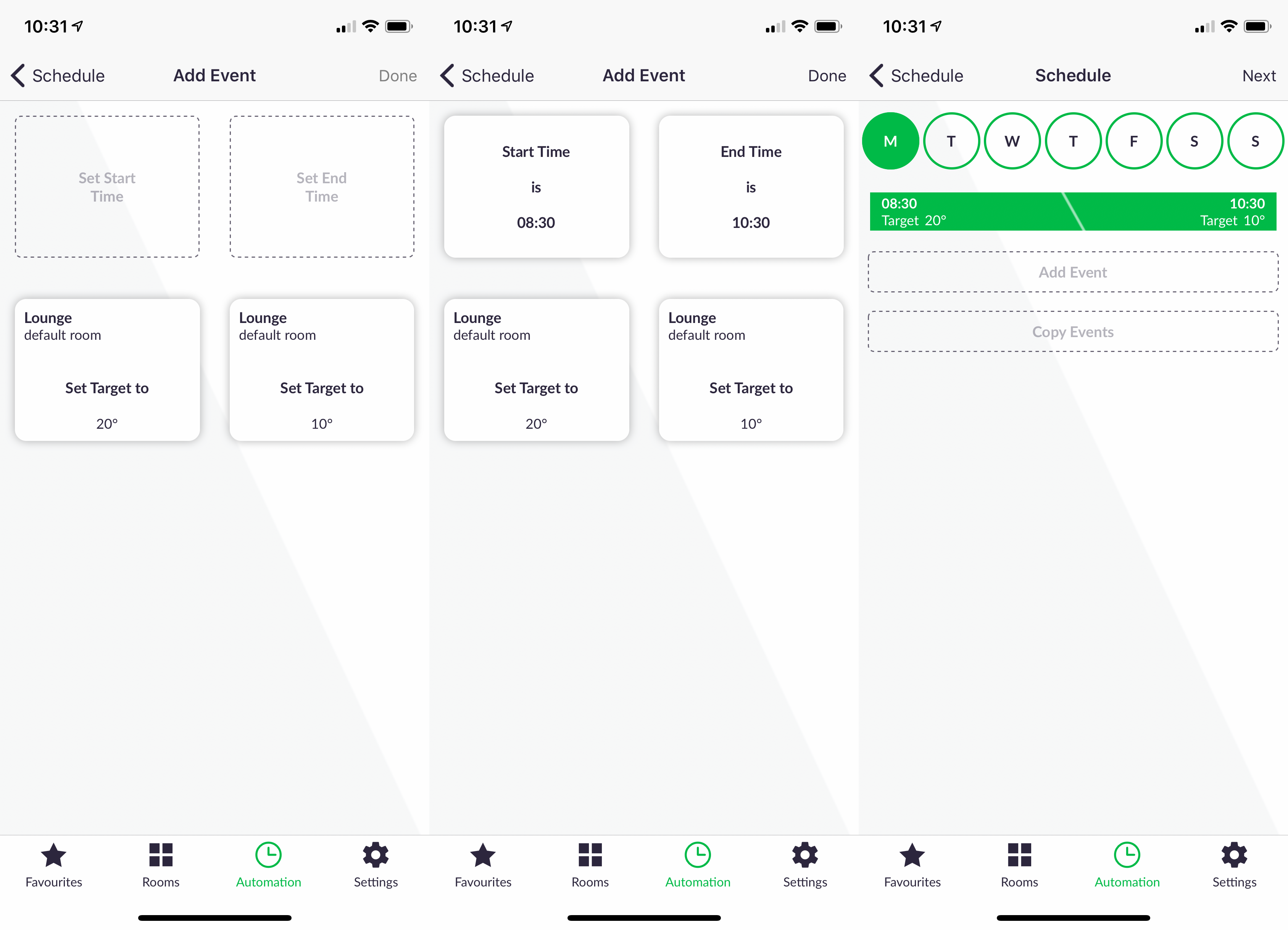
You can buy window/door sensors that can turn off a valve when either is open, saving you money. Other systems get around this by measuring the temperature drop caused by a draft and turning off the readiator without needing any additional hardware.
Lightwave Smart Heating – Performance
Making any change sees the Smart Radiator Valves respond quickly, with their motors adjusting the valve. Motor noise isn’t too bad; certainly no worse than competitors’ products.
Without the boiler switch, the main issue is that you don’t get the same level of response. Turn the heating up on the Lightwave system and you have to wait until the main thermostat kicks in and turns the boiler on. Even if your heating is set to run, boilers run in cycles, so you may have to wait a few minutes for them to kick in.
Adding the boiler switch means you get heat coming through faster.
Lightwave Smart Heating – Amazon Alexa, Google Home, IFTTT and HomeKit
With the Link Plus you get Apple HomeKit support, which means that your radiator thermostats appear in the Apple Home app. From here you can change temperatures on the fly, but you can’t set schedules. More usefully, you get Siri control to adjust the temperature without having to get up, either using your phone or a HomePod.
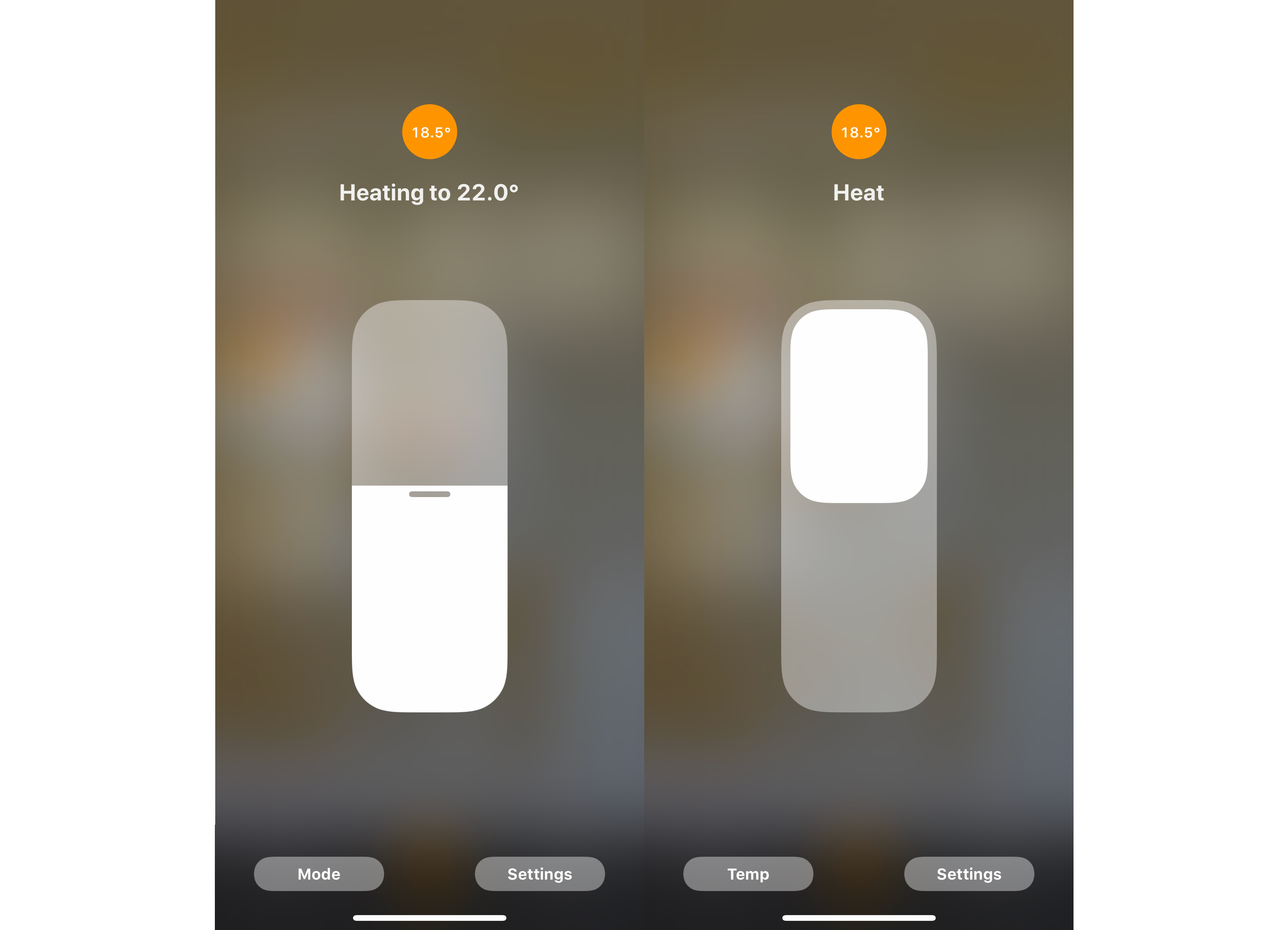
The Amazon Alexa and Google Assistant Skills provide similar functionality, letting you change the temperature of a smart radiator valve using your voice. Both worked well in my tests.
A full IFTTT channel for the heating products makes controlling other devices easy. For triggers, Lightwave provides temperature levels (the heat falls below or rises above a set level). Actions let you set a specific temperature or valve position. The latter could be useful if you create an automated rule to turn the temperature down when you go out, setting the valve to position 1 for minimum heat levels, for example. IFTTT helps you make up for the lack of geofencing in the app.
Why buy the Lightwave Smart Heating?
If you have Lightwave in your home and would like greater control over your radiator valves without opting for a full smart heating setup, the Lightwave Smart Heating system is a decent upgrade. For more control and easier scheduling, this system feels lightweight. Our list of the Best smart thermostats has better choices, but the Honeywell Evohome is the best multi-room system, while the excellent Tado Smart Thermostat can be expanded with radiator controls.
Verdict
Lightwave Smart Heating offers a neat way to get more control over each radiator, but it doesn’t have the features of more complete smart heating systems.


